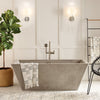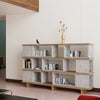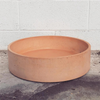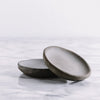Do Plants Grow Well in Concrete Pots? Pros and Cons Explained
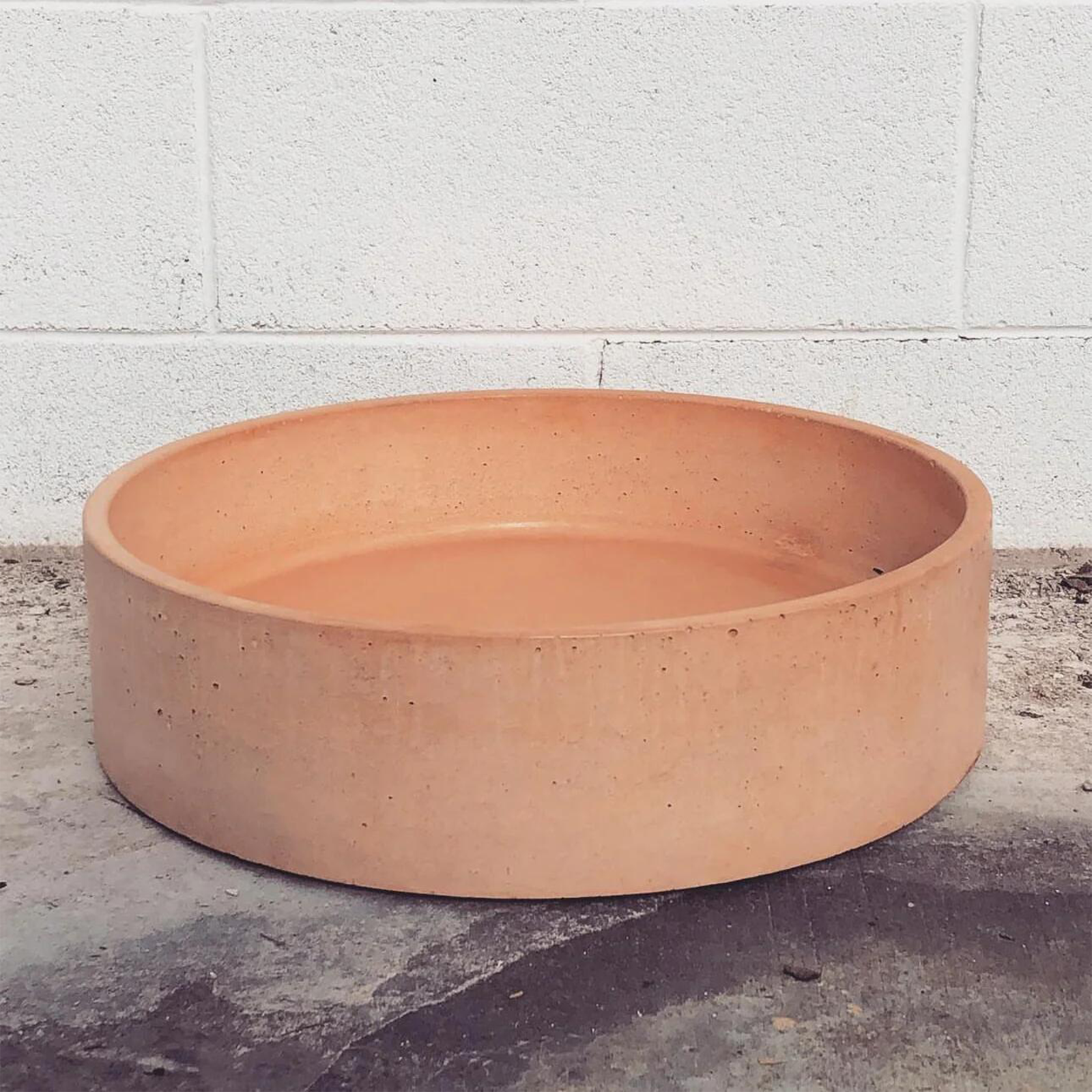
Concrete plant pots have become a trendy choice for modern gardens and indoor spaces, but are they actually good for plants? Below, we examine the benefits and drawbacks of using concrete plant pots to help you decide if they’re the right fit for your greenery.
Advantages of Concrete Plant Pots
1. Durability & Stability
-
Concrete is heavy and sturdy, making it ideal for large plants or outdoor use where wind could tip lighter pots over.
-
Unlike plastic or terracotta, concrete plant pots resist cracking in extreme weather (though freezing temperatures can still cause damage).
2. Natural Aesthetic
-
The minimalist, industrial look of concrete complements modern gardens, patios, and home decor.
-
Available in various shapes and textures, from smooth to rough finishes.
3. Temperature Regulation
-
Concrete provides insulation against heat, keeping roots cooler in hot climates compared to metal or dark plastic pots.
Disadvantages of Concrete Plant Pots
1. Poor Drainage (If Not Designed Properly)
-
Many concrete plant pots lack drainage holes, leading to root rot if excess water can’t escape.
-
Solution: Drill holes in the bottom or use a secondary plastic liner.
2. Alkaline Leaching
-
Fresh concrete releases lime, raising soil pH over time—harmful for acid-loving plants like azaleas, blueberries, and ferns.
-
Solution: Seal the interior with a waterproofing agent or use a plastic insert.
3. Heavy & Difficult to Move
-
Once filled with soil, large concrete plant pots become nearly immovable, making repotting or rearranging a challenge.
4. Can Dry Out Soil Faster (Outdoors)
-
In hot, dry climates, concrete may absorb moisture from the soil, requiring more frequent watering.
Best Plants for Concrete Pots
Some plants tolerate or even thrive in concrete plant pots, including:
✔ Succulents & Cacti (prefer good drainage, less affected by alkaline soil)
✔ Mediterranean Herbs (rosemary, lavender, thyme—like well-drained, slightly alkaline conditions)
✔ Ornamental Grasses & Bamboo (tolerate weight and stability of concrete)
✔ Hardy Outdoor Shrubs (boxwood, yucca)
Tips for Using Concrete Pots Successfully
-
Seal the interior to prevent lime leaching.
-
Use a saucer or elevate the pot to avoid water stains on surfaces.
-
Monitor soil pH and adjust fertilizer if needed.
-
Choose the right size—smaller concrete pots dry out too quickly for moisture-loving plants.
Final Verdict: Are Concrete Pots Good for Plants?
Yes, but with precautions. While concrete plant pots offer durability and style, they require proper drainage, sealing, and plant selection to ensure healthy growth. If you’re willing to manage their drawbacks, they can be a great long-term option for certain plants.
For alternatives, consider fiberglass (lighter) or glazed ceramic (better moisture retention). Would you like a comparison of different planter materials?


